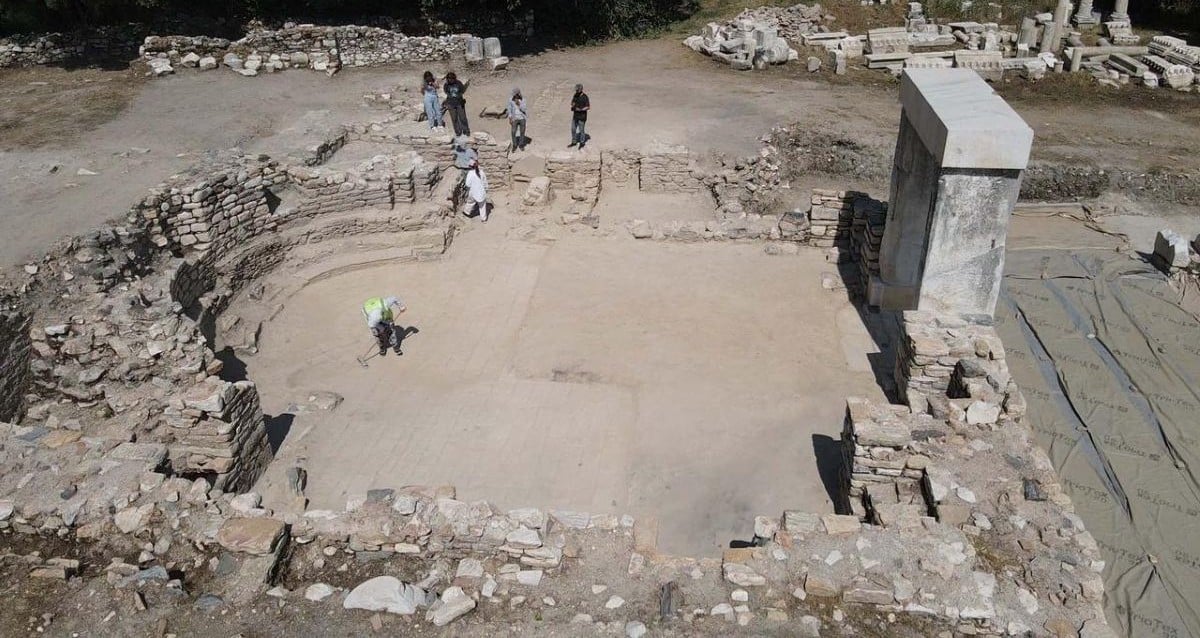Uncovered Sketches Expose Shocking Last-Minute Redesign of the Statue of Liberty

Barry Lawrence Ruderman Antique MapsA page of handwritten calculations estimating forces on the statue due to winds in the gusty harbor.
“It looks like somebody is trying to figure out how to change the angle of the arm without wrecking the support,” said historian Edward Berenson who authored the book The Statue Of Liberty: A Transatlantic Story. “This could be evidence for a change in the angle that we ended up with in the real Statue of Liberty.”
Drawing up a sturdy foundation for the massive 151-foot tall Statue of Liberty was no easy feat. In addition to its height, the statue’s facade was made out of copper as thin as two stacked pennies.
It needed to withstand the forceful winds ripping through New York’s harbor and the potential for corrosion from the surrounding saltwater.
To fortify the foundation, Eiffel installed asbestos insulation between the iron skeleton and copper exterior. He also devised an interior skeleton made out of wrought iron designed with a network of springs to absorb the force of the winds.
Eiffel’s ingenious design allowed the structure to maintain its integrity up until the statue’s restoration project in the 1980s. The statue now sways up to three inches during a 50 mile per hour wind while its torch sways up to six inches.
More astonishingly, the date on the sketches and pages, July 28, 1882, suggests that the change to the statue’s arm design — depicted in handwritten red ink on the schematics — was likely a last-minute addition since most of the statue had already been built at that point.














Post Comment